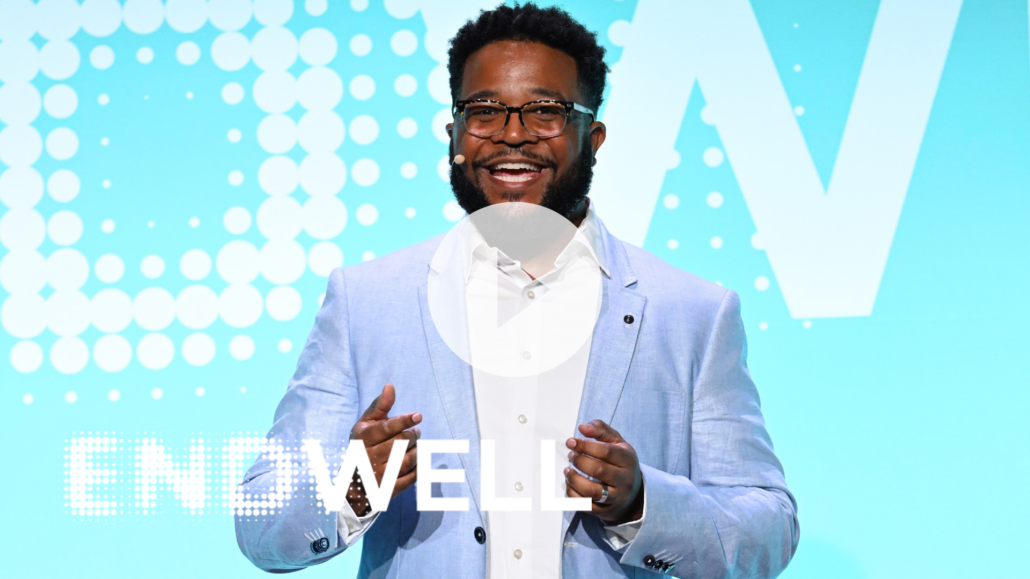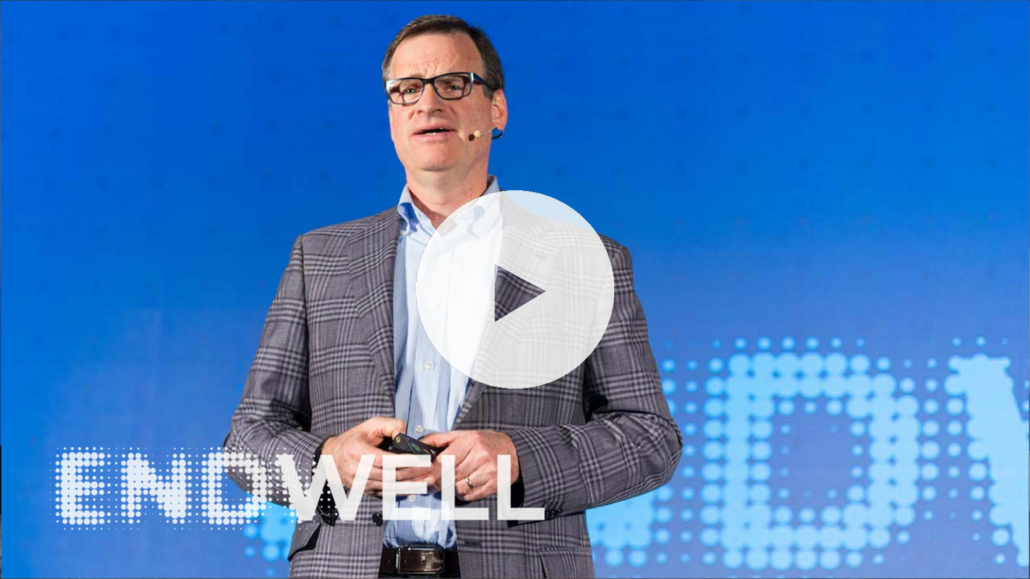When I was little, I had a bird named Hot Shot . Much later, I found out that Hot Shot had died six times before I found her lifeless at the bottom of the cage. The other birds were quietly replaced, avoiding the conversation about death. But I wasn’t scared or devastated when I discovered the seventh Hot Shot. I remember her face, the kernel caught in her throat, and the feeling of her still body in my hands. At this moment, I understood life isn’t permanent. Life simply is what it is until it isn’t, and even then, it deserves to be held.
The issue wasn’t the loss itself, but the silence surrounding it. As an artist and sculptor, I’ve always been drawn to illumination and transparency. And I was on an exhibiting artist trajectory until, in 2009, my mom suffered an accident. After advocating for her through surgery, recovery, and rehabilitation, I made a shocking choice: I decided to become a nurse. This bewildered many, but my core interests remained unchanged: How do we communicate in ways that foster meaningful connection and transformation? How do we illuminate the needs and desires that so often remain unspoken? And how do we respectfully hold life’s mysteries, especially at the end?
Now, after 11 years of being a nurse in the cardiothoracic ICU at UCLA Medical Center, I regularly see remarkable recoveries through the amazing technology we have to transform lives. But sometimes, recovery is not possible, and at that point, our sterile medical environment can feel alienating and unsupportive of the dying process. Physicians and surgeons, whose optimism people so desperately rely on, often struggle with the “Hot Shot problem.” They are trained to fix what is broken, even in the face of the unfixable.
Early on in my time in the ICU, I took care of Marble, who had a surgical wound so severe it nearly split her in two. Her healing had stalled, yet the surgical team insisted on a painful daily procedure. Until finally, she voiced her wish to stop, but the surgical team wasn’t ready to hear her. So I took a stand, literally outside her door, refusing to let any of them in until her wishes were acknowledged and a palliative plan was put in place. This moment with Marble crystallized my commitment to advocating for patients’ autonomy and their right to die on their own terms. It also raised the question: How do we better honor the voices of those we take care of? And are we really listening, or are we just caught in some cycle of treatment that overlooks the humanity of those we serve?
In 2017, I took Roshi Joan Halifax’s course, “Being with Dying.” She teaches alongside nurse ethicist Cynda Rushton and physician Tony Back. This retreat truly changed my life, and ever since then I would say I would follow Roshi Joan to the end of the earth, but actually, I regularly followed her to the top, serving high-altitude Tibetan communities through Nomand’s Clinic, a medical outreach and pilgrimage to the Himalayan Mountains of Nepal. Roshi Joan’s wisdom and the profound teachings of this service make me the nurse I am today.
As my nursing practice evolved, I became a go-to colleague for patients nearing death. After a very moving experience helping Elizabeth’s mother bathe and hold and honor her daughter, their nurse turned to me and said, “That was so beautiful. I never could have made that happen for them.” I emphatically disagreed, but it made me wonder. And I know it’s a lot with the open questions, and this one may seem absurd, but I really mean it: It made me wonder, “How do we institutionalize love? How do we formalize intimacy, compassion, and reverence toward the end of life for all providers, all clinicians, all caregivers?”
Then, in 2023, I enrolled in Alua Arthur’s “Going with Grace” course, to explore my role as a death doula. So inspired by this training and the death doulas, and with the extraordinary encouragement of my brilliant and benevolent unit director, Katrine Murray, I founded Community, a nurse-led initiative at UCLA that is dedicated to transforming our approach to death and dying in the hospital while nurturing the communal well-being of patients, family, and staff. The groundwork for this transformation was laid during the COVID pandemic. Together, our ICU took care of the sickest in Los Angeles County. It was a time of collective loss and upheaval that challenged our ability to cope. We were exhausted, often deeply sad, but this undeniable vulnerability fostered a new interest in transparency, interdependence, and collaboration. We just realized we couldn’t do this work alone, and we all benefited from the creativity and teamwork that COVID demanded.
So, Community, a 12-member nurse committee in the ICU, decided our first goal was to bring tenderness and reverence to the dying process.
Through classes, rounding, cheat sheets, and videos, we train nurses in all aspects of end-of-life care, including grief—a critical component so often omitted from nursing and medical programs. Grief, like the “Hot Shot problem,” doesn’t vanish by ignoring it. Resources from the Dougy Center allow us to become grief-informed so that we can better support our patients, their families, and each other.
For dying patients, Community has reimagined the ICU into a place of ritual, where music is played, candles glow, and an intimacy with the dying process is encouraged. The healing voices of the Threshold Choir sing three-part harmony at bedsides every Thursday. The Three Wishes program allows us to create super special, patient-specific end-of-life experiences. We helped Jose and Irene get married in the ICU before Jose died, and Marisela to plan her Mardi Gras-themed farewell, and Quan and Karen to take some of their last breaths outside, surrounded by their families. Honoring the dying process is not just vital to patients and families; it is inextricably linked to alleviating distress and burnout in clinicians by allowing them to see end-of-life as a profound transition, not a failure.
Then, Jeannie Meyer, our Palliative Care CNS, and Community wellspring, hooked me up with Heather Rader from Don’t Clock Out, who told me about “The Pause,” a ritual created by Nurse Jonathan Bartels at UVA. In our unit, we’ve come to call it the “Moment of Silence,” where clinicians gather in the room around a patient who has passed. This moment is so often followed by a flood of feelings and gratitude between the patient’s family and the ICU family—our family. Before this initiative, the providers who placed the comfort care order, who had been with their patients sometimes for weeks, never came back to the room, never had this opportunity for reflection, a mutual gratitude. Five months into this initiative, 92% of our staff feel more connected to these patients and their families. 80% feel it brings cohesion to our team. 85% find closure in these moments of honor and respect.
It sometimes takes great courage to protect the dignity of a patient’s dying process. Community also addresses the ethically complex family dynamics that can cause distress, particularly when a patient’s wishes are not clear. Community’s Goals of Care initiative promotes open communication about patients’ values and tolerances. Goals of Care empowers nurses to ask, listen, and document what patients want so that the nurse can then advocate for a plan of care that is aligned with the patient’s evolving wishes. Goals of Care not only elevates the voices and role of nursing, it breaks through the silence and fear around death with humble curiosity and kindness. We each have our own way into these conversations, and mine often is, “Besides these folks in the room, what do you love most?”
Supporting each other is also central to Community. “Show Up and Share” is what we call our open forums where our interdisciplinary team can decompress and discuss our recent challenges and losses. “Show Up and Share” is where we learn how to better take care of each other and build trust. It is also where we celebrate our compassion and resilience, and the inspiring, sometimes extraordinary strength we witness in our patients. Our patients are always our best teachers.
Finally, Community is committed to fostering a spirit of inquiry with data collection and analysis. We are measuring our impact on patients and clinicians alike. Early results are promising, and with a lot of applications out, we hope to share our findings at conferences and Grand Rounds, demonstrating that intentional end-of-life care benefits everyone: patients, families, staff, the healthcare system as a whole.
Through this work, I have come to see that true work, true care, is not about fixing. It is about meeting each other with acceptance, compassion, and clarity, especially when there’s nothing left to fix. In a health system built to cure and to save, death often seems like failure. But if we shift perspective and embrace death with tenderness and transparency, we can build resilience, connections, and a true sense of purpose.
I’ve also come to understand that distress and burnout are inextricably linked to how we treat our dying and our dead. By honoring them, we honor our role as caregivers. Holding Hot Shot ’s body in my hands taught me about impermanence and the beauty of honoring life. Let’s treat the dying process as sacred. Let’s be present together in ways that allow all of us—clinicians, caregivers, family, patients—to find meaning and dignity in life’s end.
Because we are not separate. We all suffer, we all love, we are all connected. The living and the dead, and in the end, we all need each other. We need community. Your family, your loved one, your unit, your hospital needs Community, too. Thank you. [Applause] [Music]

